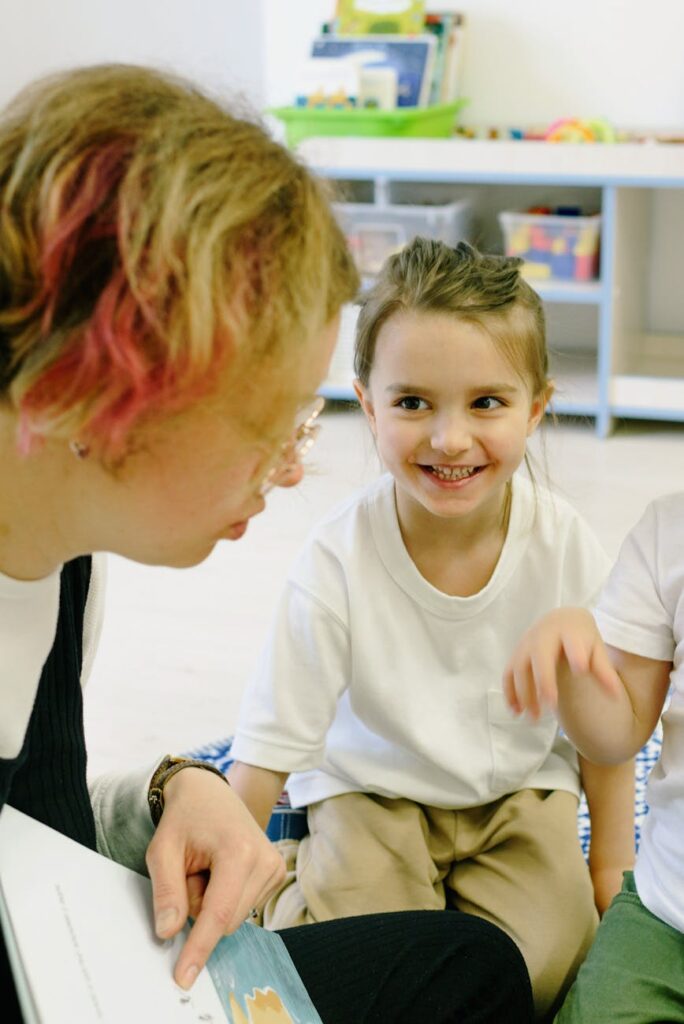What is personalized learning experiences?

What is personalized learning experiences?
In today’s fast-paced educational landscape, the concept of personalized learning experiences has taken center stage. This approach tailors education to meet the individual needs of each learner, ensuring that everyone can engage with material in a way that resonates with them. Unlike traditional methods that often adopt a one-size-fits-all model, personalized learning caters to distinct learning styles and paces. But why is this shift so significant? Let’s explore.
Defining Personalized Learning Experiences
At its core, personalized learning experiences involve customizing education to fit the unique strengths, weaknesses, and interests of each student. This means that rather than following a standard curriculum, educators create pathways that allow learners to progress at their own speed. For instance, a student struggling with a specific math concept can spend more time on that topic without feeling left behind.
This approach contrasts sharply with traditional learning, where students often move through material at the same pace regardless of their understanding. Personalized learning shifts the focus from teaching to learning, emphasizing the importance of how students absorb and engage with content. As EdWeek describes, it’s about “customizing the learning experience for each student according to his or her unique skills, abilities.”
Key Characteristics of Personalized Learning
Several key features define personalized learning experiences:
-
Learner Autonomy: Students have a say in their learning process, choosing what and how they want to learn. This fosters a sense of ownership and responsibility.
-
Customized Content: Learning materials and experiences are tailored to match individual needs. This might include varied resources like videos, articles, or hands-on activities.
-
Adaptive Learning Paths: Technology plays a critical role here, allowing educational systems to adjust content based on student performance and preferences. This ensures that learners are always challenged without being overwhelmed.
Benefits of Personalized Learning Experiences
The advantages of personalized learning experiences are profound and far-reaching. Here are some notable benefits:
-
Improved Engagement: When students have a say in their learning, they are more likely to be engaged. This engagement leads to increased participation and enthusiasm for learning.
-
Better Retention: Personalized learning helps students retain information better. When learning is relevant to their interests, they’re more likely to remember it.
-
Enhanced Motivation: By allowing students to work at their own pace and focus on areas of interest, personalized learning boosts motivation. Students feel more capable and confident in their abilities.
Studies have shown that personalized learning can lead to better learning outcomes, including higher retention rates and improved assessment performance, as noted by eLearning Industry.
Implementing Personalized Learning Experiences
Incorporating personalized learning experiences into educational settings requires strategic planning. Here are some effective methods:
Technology in Personalized Learning
The role of technology cannot be overstated in personalized learning environments. Learning Management Systems (LMS) and educational apps enable educators to deliver customized content. These platforms can track student progress and adapt lessons accordingly, providing real-time feedback and adjustments. For instance, adaptive learning software can modify tasks based on how well a student is grasping the material, creating a unique learning experience for each individual.
Strategies for Personalization
Here are some practical strategies educators can implement:
-
Flexible Learning Options: Provide a variety of ways for students to learn. This might include online modules, group projects, or independent study.
-
Regular Feedback: Offer consistent and constructive feedback to help students understand their strengths and areas for improvement.
-
Collaborative Learning: Encourage group work where students can learn from each other while still pursuing their personalized paths.
Challenges and Considerations
While personalized learning offers many benefits, it’s essential to address potential challenges:
Equity and Accessibility
One significant concern is ensuring that personalized learning experiences are equitable. Students from different backgrounds may have varying access to technology and resources. Therefore, it’s crucial to design systems that provide opportunities for all learners, regardless of their circumstances.
Balancing Standardization and Personalization
Another challenge lies in balancing personalized approaches with standardized educational requirements. While it’s important to cater to individual needs, educators must also ensure that all students meet essential learning objectives and standards.
The Future of Personalized Learning Experiences
Looking ahead, the future of personalized learning experiences is promising. Emerging technologies will likely play a significant role in shaping these experiences.
Emerging Technologies
Innovations such as artificial intelligence (AI) and machine learning are set to revolutionize personalized learning. These technologies can analyze student data to predict needs and adapt content accordingly. For example, AI can help educators identify when a student might be struggling and suggest targeted resources or interventions to assist them.
The Role of Educators
As personalized learning becomes more prevalent, the role of educators will evolve. Teachers will transition from being information dispensers to facilitators of learning, guiding students as they navigate their personalized paths. They will need to foster a supportive environment where students feel empowered to take charge of their education.
Conclusion
Personalized learning experiences are transforming the educational landscape, making learning more relevant and engaging for students. By focusing on individual needs, educators can create environments that foster motivation, retention, and excitement about learning. As we embrace these methods, it’s clear that personalized learning is not just a trend but a necessary evolution in how we approach education. Whether you’re a learner or an educator, consider how personalized experiences can enhance your or your students’ learning journey.

Photo by Ksenia Chernaya